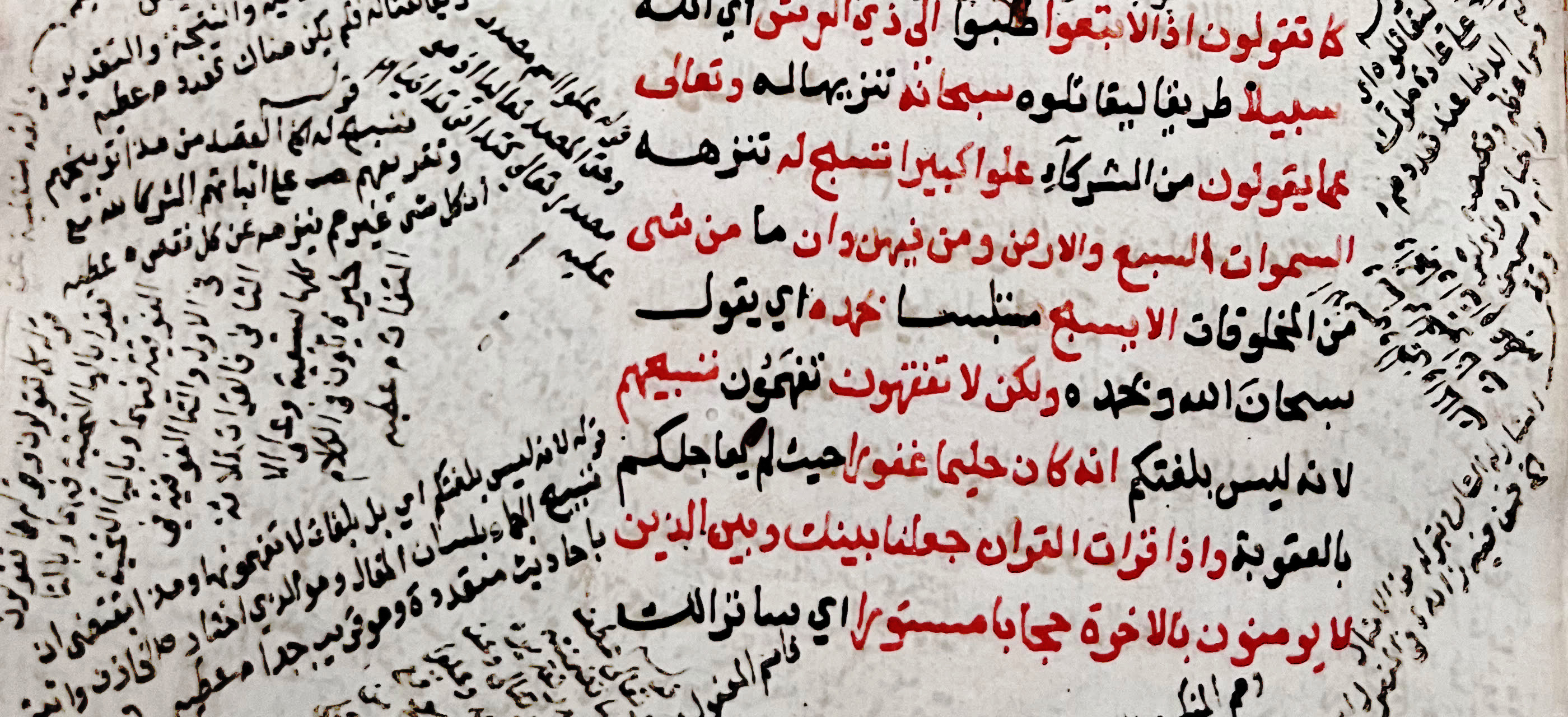Satan's Seven Specious Arguments: al-Shahrastānī's Kitāb al-Milal wa-l-niḥal in an Ismaʿili Context
Contenu
- Titre
- Satan's Seven Specious Arguments: al-Shahrastānī's Kitāb al-Milal wa-l-niḥal in an Ismaʿili Context
- Auteur
- Gaiser, Adam R.
- Date
- 2008
- Résumé
- In light of recent evidence that indicates al-Shahrastānī's adherence to Nizari Ismaʿilism, this article highlights certain structural and thematic characteristics of al-Shahrastānī's Kitāb al-Milal wa-l-niḥal by comparing it to earlier (especially fourth/tenth-century) Khurasani Ismaʿili heresiographies such as Abū Tammām's Kitāb al-Shajara and al-Rāzī's Kitāb al-Zīna. Shared features of these works include the avoidance of specifically Ismaʿili language in the body of the work, utilization of neo-Platonic symbolism and language, and (for al-Shahrastānī and Abū Tammām) use of Satan (or satans) as the origin of sectarian differences among humankind. An awareness of these features will better allow scholars to contextualize al-Shahrastānī's work in relation to other heresiographies, and may point to the existence of a Khurasani Ismaʿili ‘school’ of heresiography. At the very least, the similarities show the influence of Abū Tammām's work on al-Shahrastānī. An awareness of al-Shahrastānī's Ismaʿili inspired methodology in his Kitāb al-Milal, in turn, challenges the prevalent scholarly view of al-Shahrastānī as an objective cataloguer of sectarian divisions.
- Langue
- eng
- volume
- 19
- numéro
- 2
- pages
- 178-195
- doi
- 10.1093/jis/etn001
- issn
- 0955-2340
Position : 1263 (63 vues)

